I returned yesterday from 4 days in the Ecuadorian portion of the Amazon rainforest known as Cuyabeno. Like the Galapagos, this was an adventure filled with wonderful scenery and many interesting animals and birds.
The adventure started with my first overnight bus trip from Quito to Lago Agrio. Lago Agrio is a dismal town in the middle of the jungle that was created in the 1960s by the American oil companies who have been exploiting the area since. The name roughly translated means Sour Lake. The overnight bus was no problem as I got on at the first stop and got off at the last. Par for the course though I didn’t get much sleep so I was very glad to arrive in Lago Agrio and have the guide take over shepherding us around. After breakfast and stop by the airport to pickup those who flew from Quito, we were off into the wilds.
To visit the national park you have to stay at one of the many licensed lodges and be accompanied by a guide at all times. I stayed at the Siona Lodge which was very nice. It was one of the first lodges built about 30 years ago and is located on the large Laguna Grande. To get to the lodge we took a bus for 2 hours and then at a meeting point transferred to a motorized canoe which took us down the Cuyabeno river for 2.5 hours. We were very lucky because they had recently had a lot of rain. When there isn’t enough rain the laguna and river dry out. Up to a few days before we arrived the boats couldn’t make it all the way to the lodge so visitors had to walk the last few kilometers through the mud carrying their suitcases.
The lodge was very comfortable. We slept in twin share cabins with each room having its own bathroom (hot water was lovely when it worked). This was a small lodge and only houses 22 people. The food was good and the atmosphere comfortable. I lucked out and got to share my room with a fantastic Australian lady named Sophie. I don’t think we stopped talking for 4 days!
The majority of our time was spent either trekking through the jungle looking at the many plants and trying to find monkeys, birds, snakes and other animals. It was rather hard to spot the birds and monkeys and they spent their time up in the canopy which was many many meters above our heads. My new binoculars (purchased in Quito prior to the Galapagos) were helpful but underpowered for the distance and unfortunately my camera could not do the wildlife variety justice.
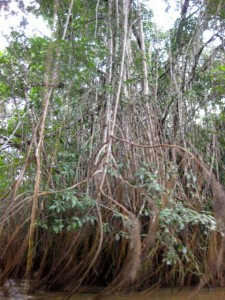
Vines trailing roots down to the water in the river – you can see where the water usually is by the darker area of the roots
Despite much hunting we didn’t manage to see any snakes (including boas and anacondas) that populate the area nor did a rare jaguar make an appearance. We did do two night excursions to try and find nocturnal insects and caimans (small crocodiles). Caiman hunting consisted of going out in the boat and shining flashlights along the coast line. You could spot the caimans when the light made their eyes glow red.
We were lucky however and did spot some pink river dolphins. Unfortunately they weren’t in a playful mood so our sightings consisted of them coming to the surface to breathe. Not much to photograph.
On our second day we went further into the ecological reserve to visit one of the indigenous communities. Each of the communities along the river bank usually consists of about 150 people and are made of primarily of one extended family. In this case the community was the family of the Shaman that we visited. He explained a bit about his training starting when he was 15 by his father and grandfather. His practice consists mostly of use of plants to heal obvious ailments. With the aid of hallucinogenics he can use visions to help guide healing for more complex matters including psychological problems. We had a girl in our group who had been stung or bitten by something (she wasn’t sure where it came from). The bite area was very swollen and painful to walk on. He treated her by beating her leg with nettle branches which raised welts across the area. It seemed to help after about a day – or it might have been the antihistamines and various anti-inflammatory creams and drugs she took!
I have to admit that visiting the village was a bit hoaky but it was fun to learn about the shaman’s practices.
In all it was a fun trip though I think we got the short end of the stick with our guide. The legal requirement is that there be one guide for every 10 people. There was another group at our lodge who started a day before us. Just listening to the information the other guide presented and how he interacted with them and by the number of critters they reported seeing, I believe the other guide was far more experienced and knowledgable. Our was young and this showed at some points most prominently when he drank too much on our last night and failed to get up for bird watching the next morning. So consequently we missed our last outing before we left. It was unfortunate but I still had a good time. I’d be interested to try accessing the jungle from different points – maybe a cruise up the actual Amazon river from Brazil at some point in the future!

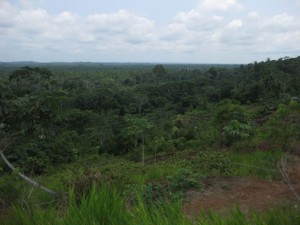
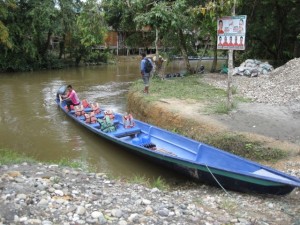
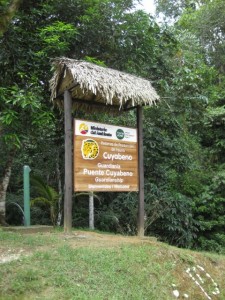

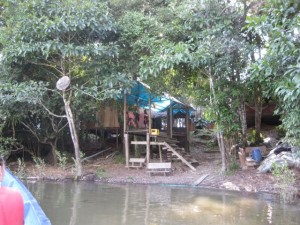
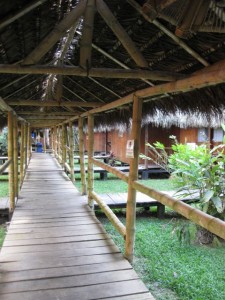
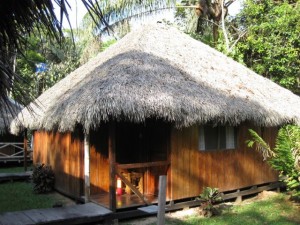
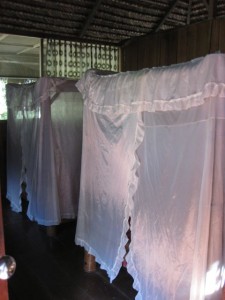
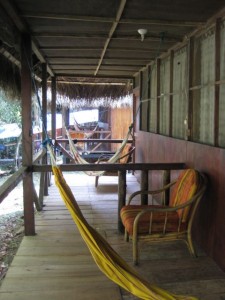
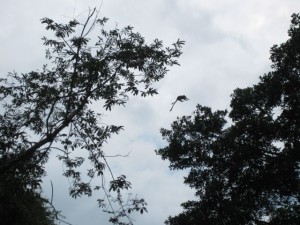
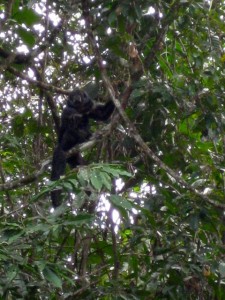

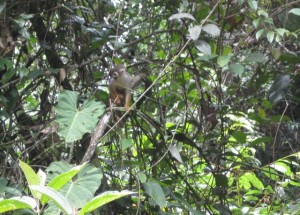
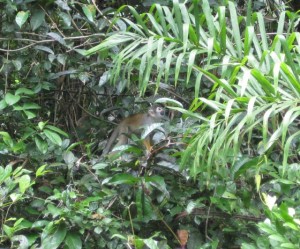
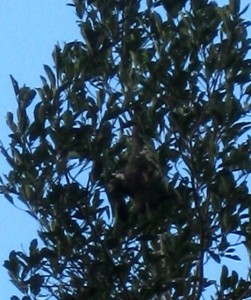
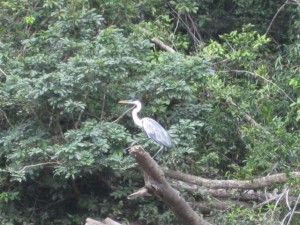
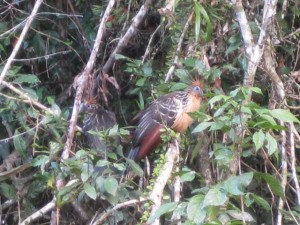
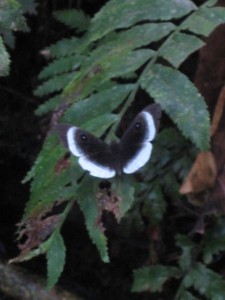
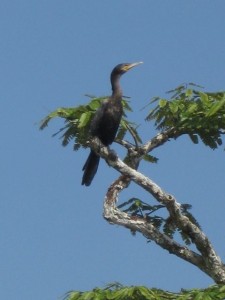
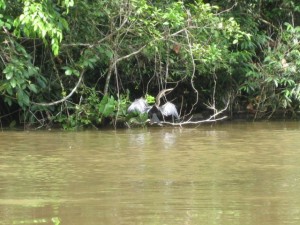
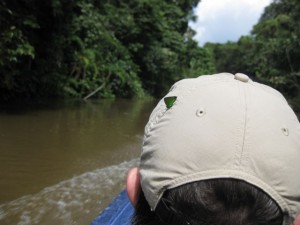
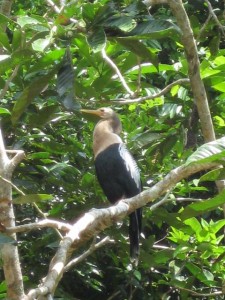
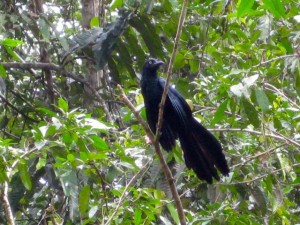
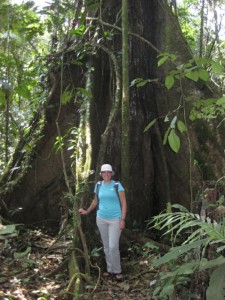
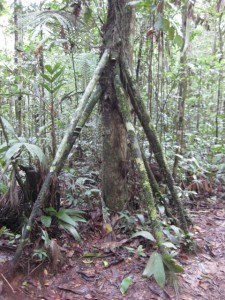
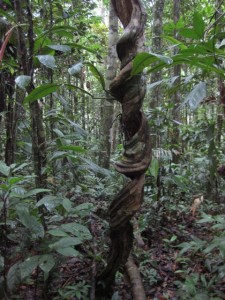
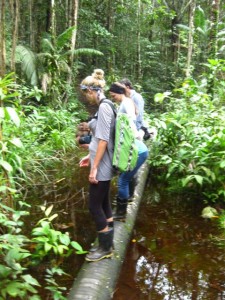
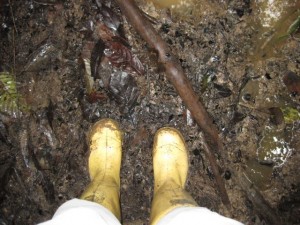
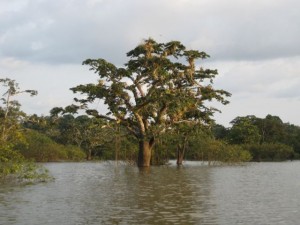
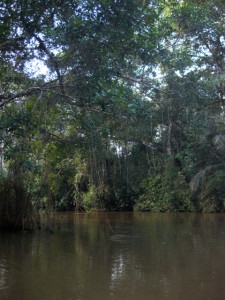
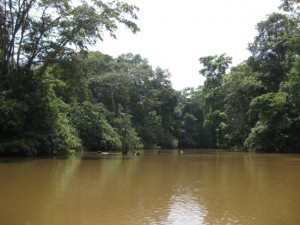
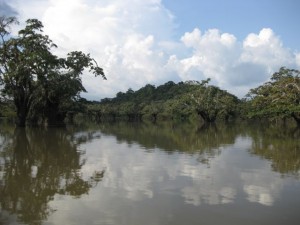
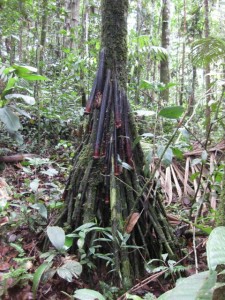
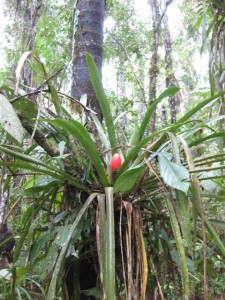
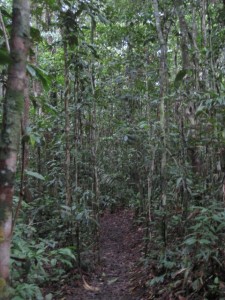
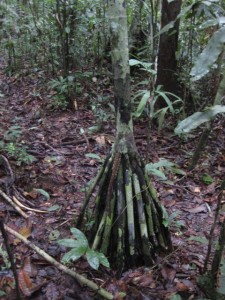
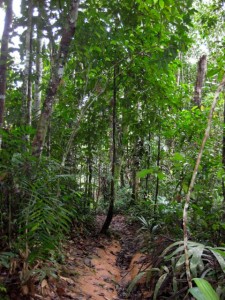
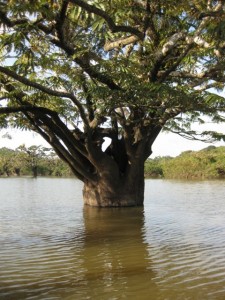
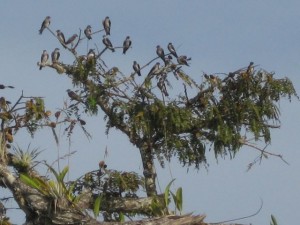
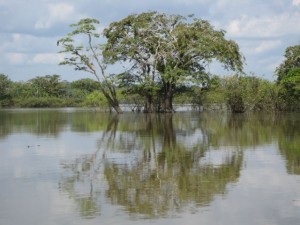
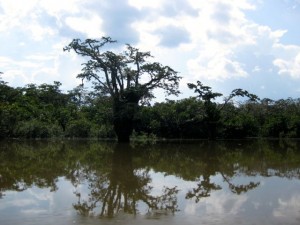
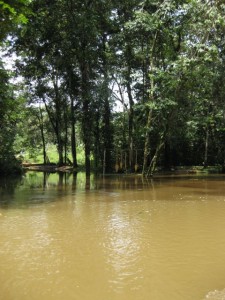
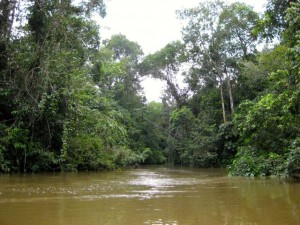
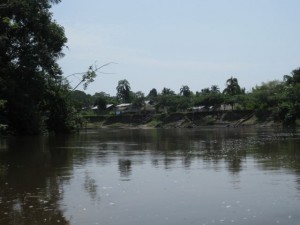
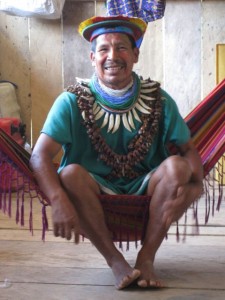
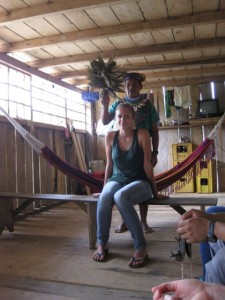
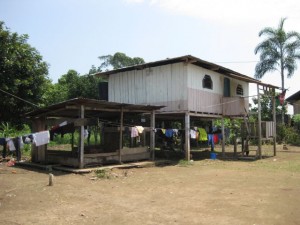
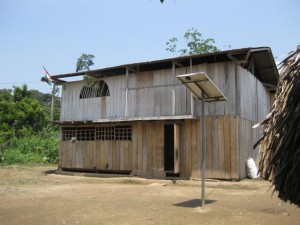
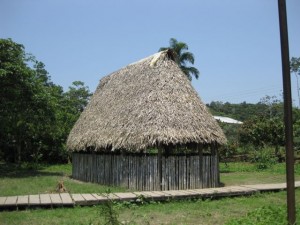
You may be dissapointed but I am glad you didn’t see any nasty snakes! I had to get Dave to scroll through this post before I could read it, just in case you had lovely pics of some disgusting legless poisonous beasts. Ughhhhhhh.